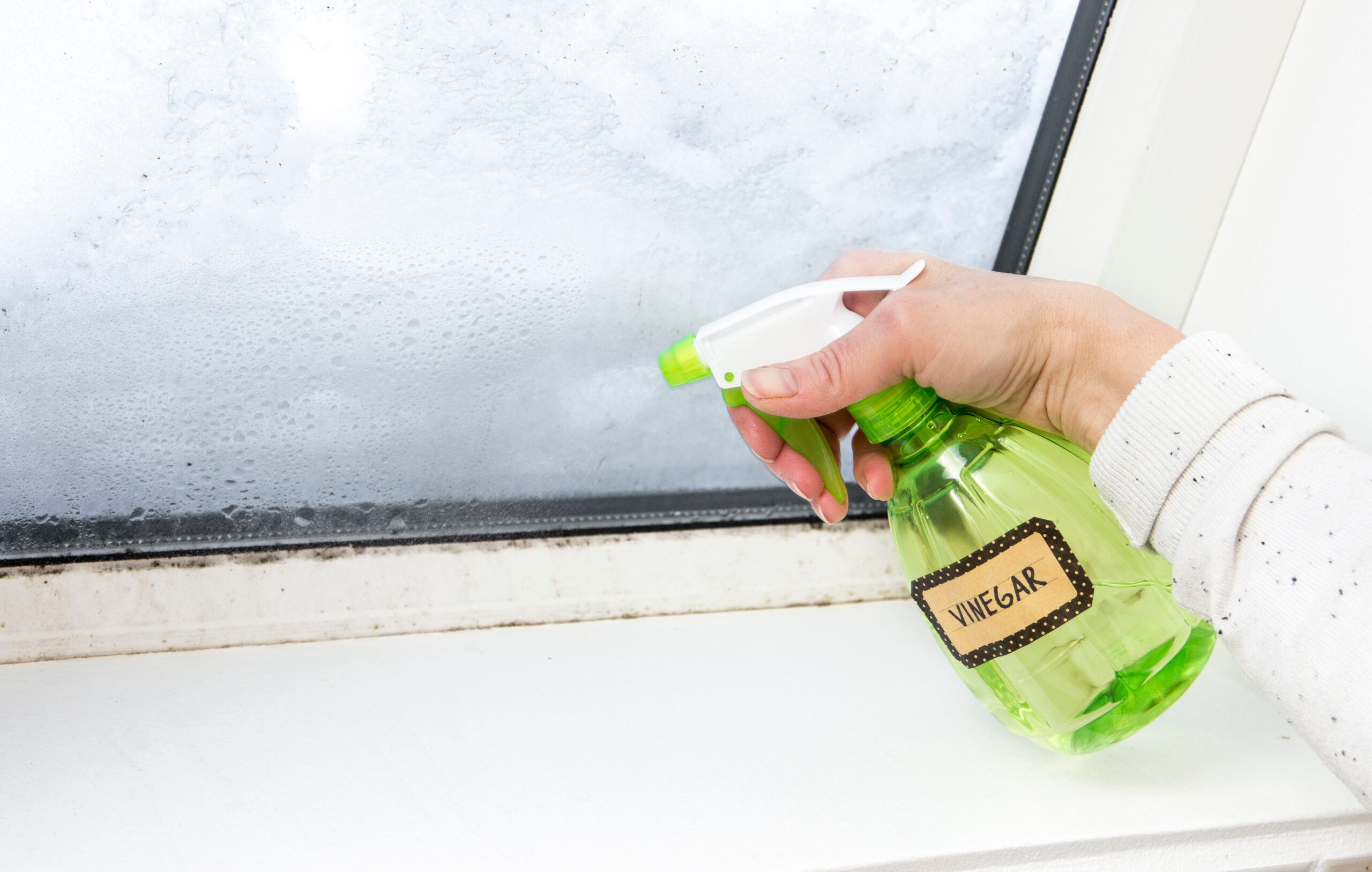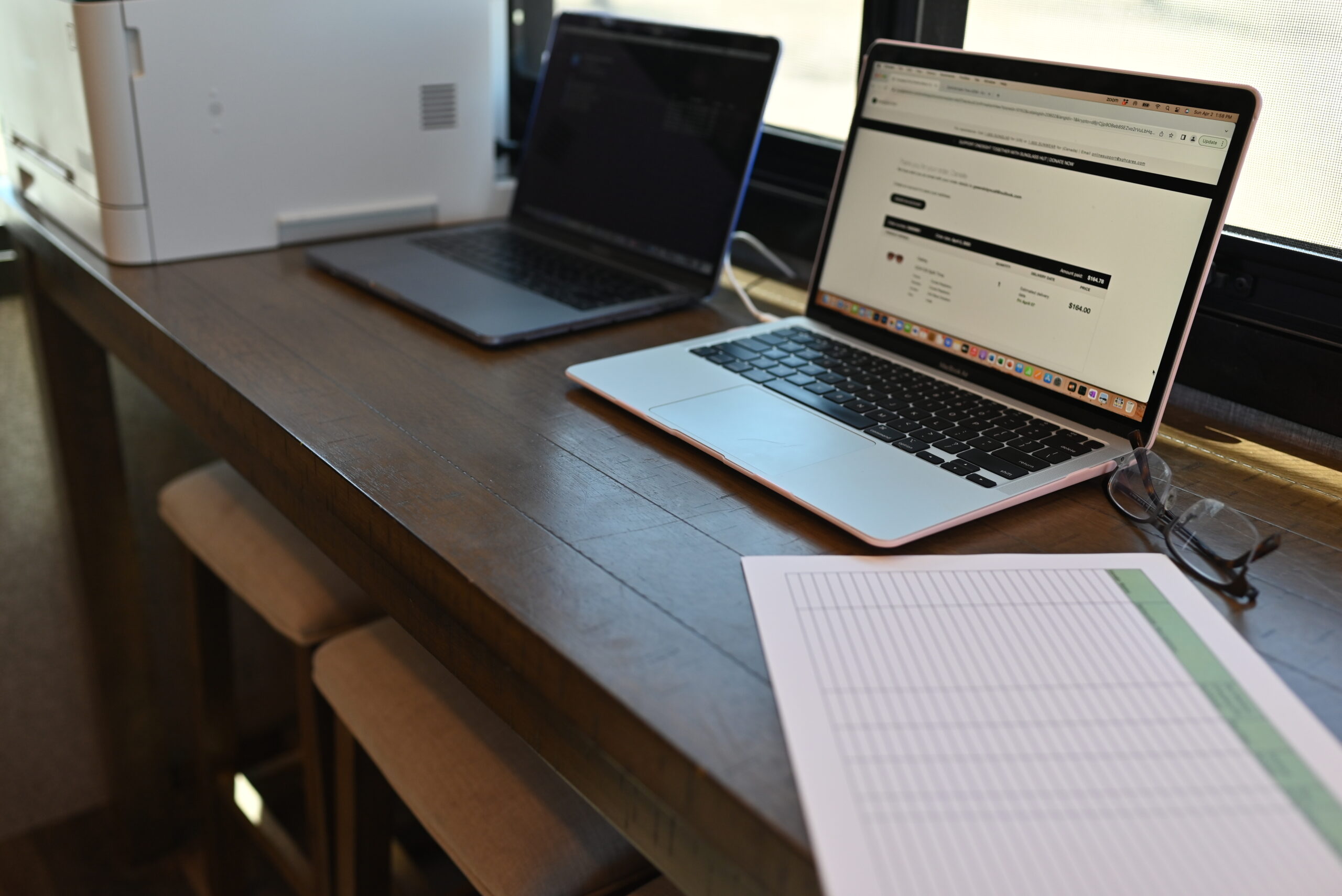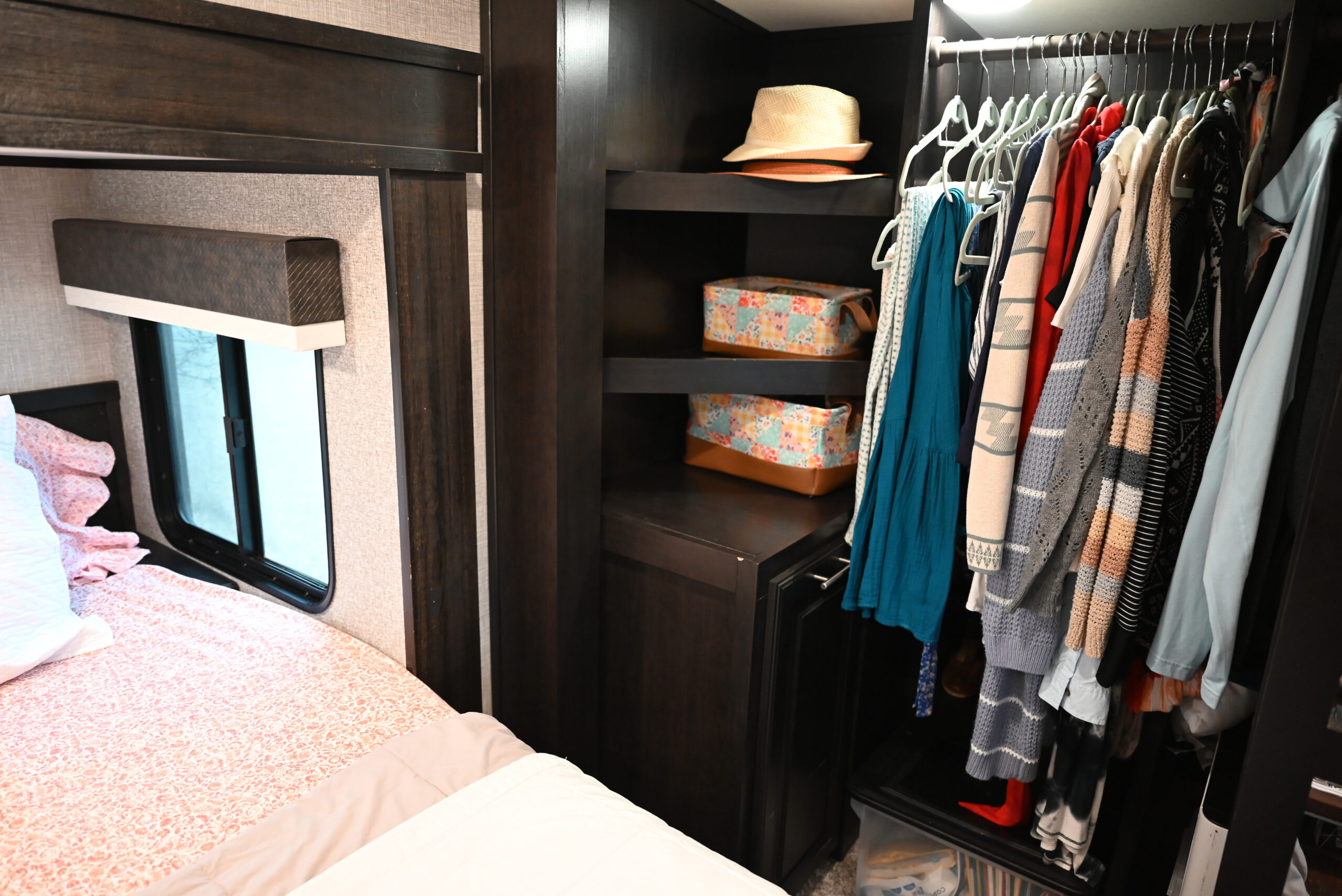
What Are The Most Common Problems With Solar Power?
Solar power is becoming increasingly popular with RVers. Many RVers love the free, quiet, and easily portable energy they can get from a solar panel setup.
Many RVs now come “solar ready” to encourage RV buyers to upgrade to solar power, which can cost thousands of dollars. Other RVs come with pre-installed solar packages that include everything you need to harvest power from the sun.
Whether our RV comes with solar power or not, most of us don’t envision our solar power setup as ever having any problems. After all, what could possibly go wrong with this clean energy source?
RVers who are interested in solar technology should be aware that there are some common problems with solar power in RVs. In this article, we’ll explain what these problems are and what you can do to fix them.
1. Getting enough direct sunlight
Solar panels need direct sunlight for a minimum of six hours per day to produce enough electricity to meet the needs of the average RVer. Depending on your solar panel installation and where you use your RV, it can be difficult to get six hours of direct sunlight to your solar panels.
If solar panels are mounted on the RV roof, it will require parking your rig in a shadeless location just to keep enough sun on the solar panels.
Of course, on cloudy or rainy days, you’ll still have electrical power stored in your battery bank. It’s also a good idea to have an alternative power supply such as a generator. This will allow you to stay powered up if the weather stops cooperating for more than a day or two.
Possible solutions
- Move your RV to a sunny location. The desert is posssibly the best place to optimize your RV solar power system.
- Cut back on electrical power use when it’s cloudy or you can’t get as much sun as you need for your solar power system.
- Get an electric generator. There are a few electric generators on the market that can tide you through those cloudy days. Electric generators are essentially large batteries. Two of the most popular portable generators are the Jackery Portable Power Station and the Goal Zero Yeti.
- Try a propane or gas powered portable generator. Many RVs already have propane cylinders. Champion came out with dual fuel generators this year, and they are getting good reviews from users.
2. Dirty solar panels
Solar panels need to be perfectly clean to function properly. Dust buildup and bird droppings will stop solar cells from collecting the sun’s energy. Be sure to gently clean your solar panels as often as they need it using a good window cleaner.

3. Not having enough solar panels
Many RVs just don’t have enough usable roof space for multiple solar panels. RV roofs can also be curved, so when solar panels are installed, they don’t get the necessary optimal sunlight to produce electricity.
Depending on your own electrical usage in your RV, you may need more solar panels than you can get on the roof of your RV. So, what can you do?
Possible solutions
- Get a suitcase-style portable solar panel to augment your existing system. Jackery also makes portable solar panels that can be used to charged their solar generator for power.
- Reduce electrical power use. You could do this by eliminating unnecessary small appliances. For instance, coffee can be made on a propane stove instead of an electric coffee maker.
4. RV solar power installation problems
Unlike buildings, RVs don’t have an extensive building or electrical code. Anyone with access to YouTube and a few tools can install a solar power system.
While solar power systems usually aren’t difficult to install, they require all the right components to operate safely. If a solar power system isn’t installed correctly, it can result in an electrical short, which can cause a devastating fire in your RV.
So, make sure you get your RV solar power system installed correctly. If you don’t know what you are doing, seek guidance from someone who has experience installing solar power systems in RVs.
5. Hotspots and/or micro cracks on solar panels
Solar panels are made up of a series of solar cells connected together in a series. In order to work properly, the solar cells all have to be producing electricity at an equal rate. When one or more of the cells are shaded, or blocked by debris, none of the cells in the series will be able to produce electricity properly.
Energy may be disappated into surrounding cells, forming hotspots in the solar panel. These hotspots cause heating of adjacent cells and cause a significant decrease in the output power. Solar panel hotspots can even cause electrical fires.
Manufacturers try to mitigate the risk of this happening by installing bypass diodes. Bypass diodes are important because they divert the flow of electricity around weak cells so hotspots don’t form.
However, some cheaper solar panels are made with just a few bypass diodes. With fewer bipass diodes, problems with hotspots can still occur. The more bypass diodes a solar panel has, the safer it will be from hotspots.
Micro cracks are tiny cracks in the solar panel that can be caused in the manufacturing, transportation, installation, or use of a solar panel. They are so tiny, they can’t be seen without careful inspection with special equipment. However, micro-cracks can reduce solar panel electrical output and reduce the life of your solar power system.
Possible solutions
You can help to avoid microcracks by always being gentle with your solar panels, whether you are installing, transporting, or cleaning them. Of course, you should never step a solar panel or drop one.
Consider a lightweight and flexible solar panel setup like the Sunflare solar panels, which are designed with durable polymer sheets rather than tempered glass.
If you have any other problems with solar power, consider checking RV forums for tips and advice from fellow RVers. Forums such as iRV2.com provide all the information you need to enjoy your RV. You’ll also find brand-specific information on additional forums like Air Forums, Forest River Forums, and Jayco Owners Forum.
Related articles:



